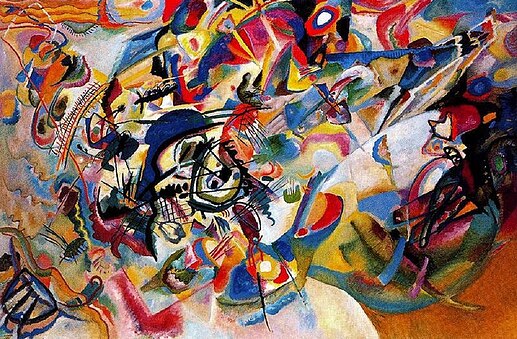Hey art enthusiasts! Let’s dive into the captivating realm of Modernism in art history. This transformative movement emerged in the late 19th and early 20th centuries, reshaping the artistic landscape and pushing the boundaries of creativity. From revolutionary new styles to innovative techniques, Modernism challenged traditional norms and ignited a wave of artistic experimentation. Join me as we uncover the origins, key figures, and iconic artworks that define the essence of Modernism.
What is Modernism?
Modernism in art history is a multifaceted movement characterized by a departure from traditional forms and a embrace of experimentation, innovation, and abstraction. It encompasses a wide range of styles, including Cubism, Surrealism, Abstract Expressionism, and more, each pushing the boundaries of artistic expression in its own unique way.

When Did Modernism Begin?
The roots of Modernism can be traced back to the late 19th century, emerging as a response to the rapidly changing social, cultural, and technological landscape of the time. However, it wasn’t until the early 20th century that Modernism truly came into its own, with artists across Europe and America challenging conventional artistic norms and forging new paths of creative exploration.
Who Started Modernism?
While Modernism was a collective movement involving numerous artists and intellectuals, several key figures played pivotal roles in its development. Among them are Pablo Picasso and Georges Braque, who pioneered Cubism, a revolutionary style that shattered traditional notions of perspective and representation. Other influential figures include Wassily Kandinsky, known for his groundbreaking work in abstract art, and Salvador Dalí, a leading figure in the Surrealist movement.
Famous Paintings of Modernism:
-
“Les Demoiselles d’Avignon” by Pablo Picasso: This iconic painting is a seminal work of Cubism, featuring fragmented forms and distorted figures that challenge conventional notions of beauty and representation.
-
“The Persistence of Memory” by Salvador Dalí: Dalí’s surreal masterpiece is a haunting exploration of time, featuring melting clocks draped over barren landscapes, evoking dreamlike imagery and existential themes.
-
“Composition VII” by Wassily Kandinsky: Considered one of Kandinsky’s most ambitious works, “Composition VII” is a symphony of colours and shapes that invites viewers into a transcendent realm of pure abstraction and emotion.
Conclusion
In conclusion, Modernism in art history represents a revolutionary period of innovation, experimentation, and artistic freedom. From its bold rejection of tradition to its embrace of new forms and ideas, Modernism continues to inspire and captivate audiences around the world. So, next time you encounter a Picasso or a Dalí, take a moment to appreciate the groundbreaking spirit of Modernism that lies beneath the surface.



